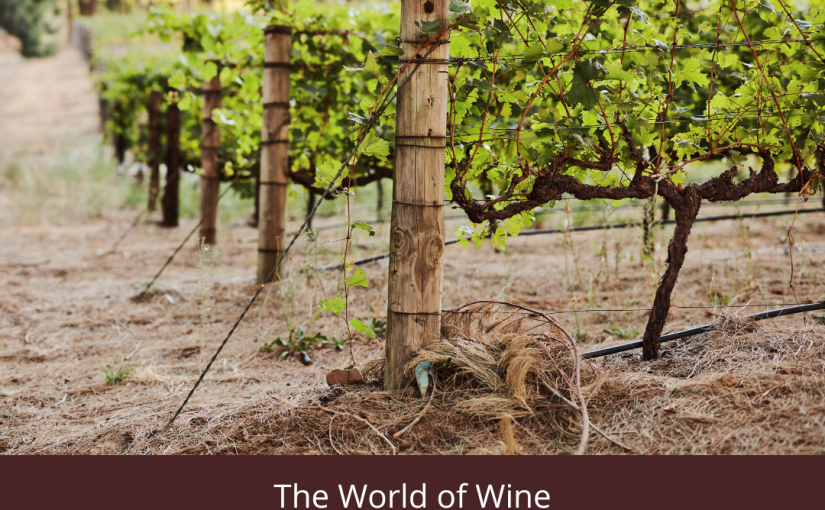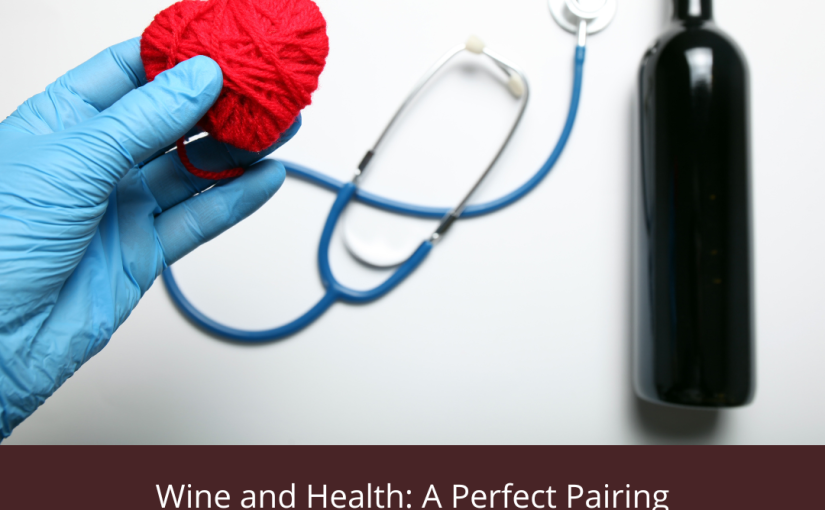Wine, the elixir that has been cherished through centuries, is more than just a beverage; it’s a symphony of flavors, aromas, and stories. From the vineyard to the glass, the world of wine is a captivating adventure that marries art, science, and culture. In this blog, we will dive into the enchanting world of wine, exploring its history, varieties, and the art of experiencing it.
A Glimpse into the History of Wine
The roots of winemaking trace back thousands of years, to ancient civilizations that discovered the magic of fermenting grapes into a transcendent elixir. From the vineyards of ancient Mesopotamia to the rolling hills of Tuscany, wine has played an integral role in the tapestry of human history, woven into celebrations, rituals, and daily life.
From Vine to Wine
At the heart of winemaking lies the vineyard, where dedicated hands tend to the vines that bear the precious fruit. The journey from grape to wine is a meticulous process that involves harvesting, crushing, fermentation, aging, and bottling. Each step is a delicate dance between tradition and innovation, ensuring that the essence of the grapes is preserved and elevated.
Varieties and Terroir
Wine is as diverse as the lands from which it originates. Different grape varieties, climates, and soils contribute to the concept of “terroir,” a term encompassing the unique characteristics a region imparts to the wine. From the boldness of Cabernet Sauvignon to the elegance of Chardonnay, each variety is a testament to the beauty of nature’s diversity.
A Symphony of Senses in the World of Wine
Tasting wine is an art that engages all the senses. The sight of the wine’s color, the aroma of its bouquet, the texture on the palate, and the melody of its flavors – each sip tells a story. The experience is an exploration of balance, complexity, and harmony, akin to deciphering the notes of a masterful composition.
Pairing and Pleasure
Wine and food are natural partners, each enhancing the other’s flavors. The right wine pairing can elevate a meal into a symposium of taste, showcasing how acidity, sweetness, and tannins interact with different dishes. Whether it’s a robust red with a hearty steak or a crisp white with delicate seafood, the possibilities are endless.
Culture and Community
The world of wine transcends geographical boundaries, connecting people across the world through shared experiences. It’s an invitation to explore different cultures, traditions, and perspectives. Wine regions become epicenters of hospitality, offering not only exceptional wines but also immersive experiences that celebrate the local way of life.
Wine Enthusiast’s Toolbox
For those looking to deepen their appreciation, there’s a wealth of knowledge to explore. Books, tastings, vineyard tours, and even wine apps offer opportunities to expand your horizons and refine your palate. To bring your own wine to a restaurant to share with those you love, be sure to download the CorkageFee app. The CorkageFee community is like no other!
The world of wine is an ever-evolving journey that invites us to embrace the beauty of life’s simple pleasures. It’s a liquid tapestry woven with passion, dedication, and an unyielding connection to the land. As you uncork a bottle and pour a glass, remember that you’re not just drinking wine; you’re sipping history, culture, and the timeless art of winemaking. Cheers to the enchanting elixir that has enchanted hearts and palates for millennia!


